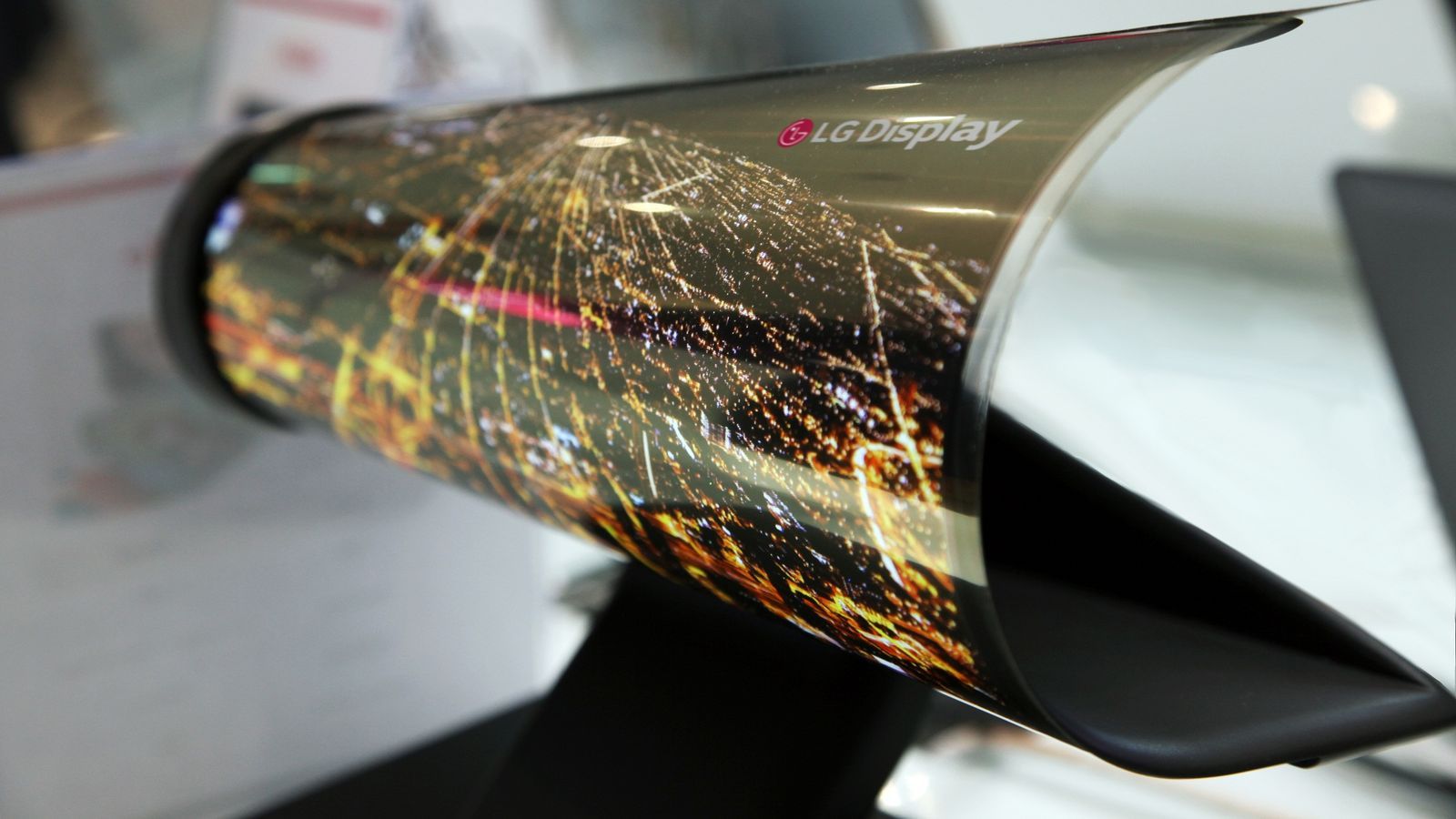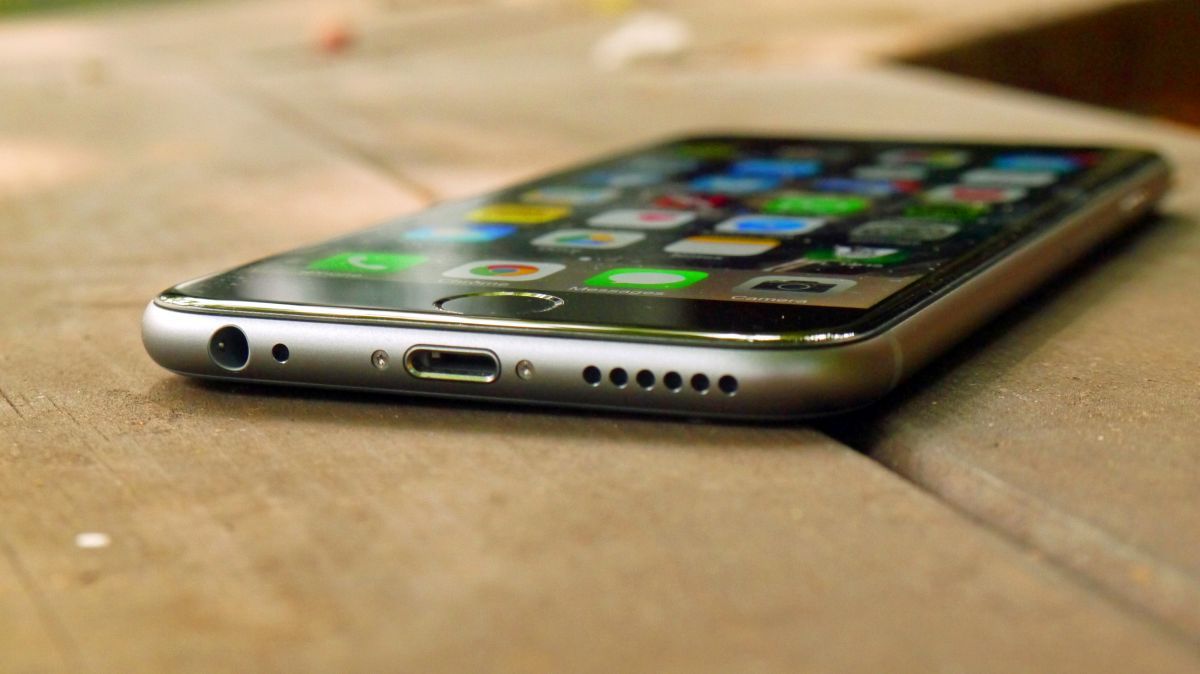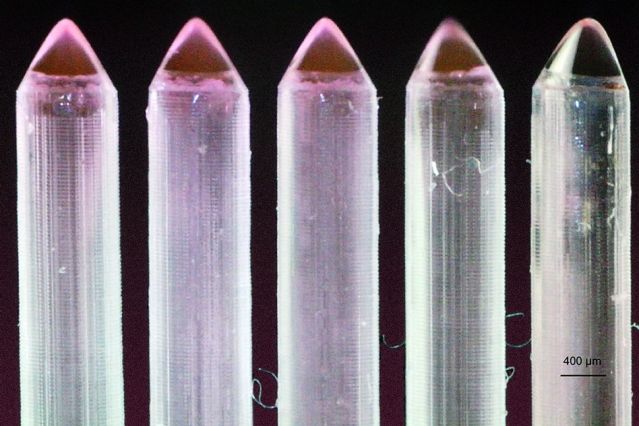
LG Display has a prototype 18-inch screen it’s showing off at the Consumer Electronics Show this week that rolls up like a piece of paper. The technology builds on LG’s forward-looking OLED work focusing on bendable, rollable, and curving displays. The company showed similar technology last year as a proof of concept, but kept images behind closed doors. Now LG looks ready to show the world.
We’ve seen this type of concept display from the likes of Sony, Samsung, Sharp, and others in the past. However, it does indicate that LG sees these types of futuristic displays as differentiation points for smartphones, tablets, and TVs. LG envisions these types of screens rolling up into our pockets or being made to wrap around interior spaces, and the company will show off a 25-inch curved screen installed on the inside of a car at its Auto Zone section on the show floor.
We’ll get a closer look at the newspaper-like screen in a couple of days, as well as a new 55-inch “paper thin” TV that has all its electronics installed independently, according to LG. So check back in with The Verge for LG coverage and everything else CES-related throughout the week.
Read more


















